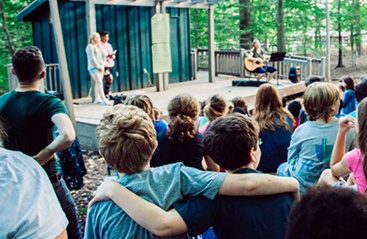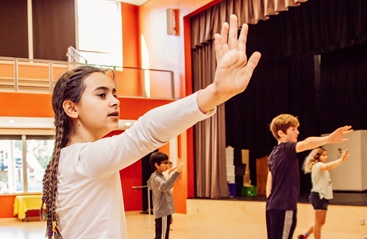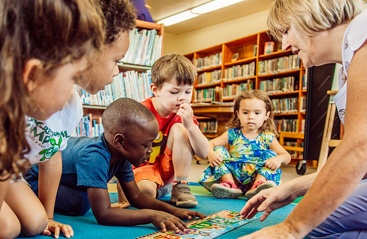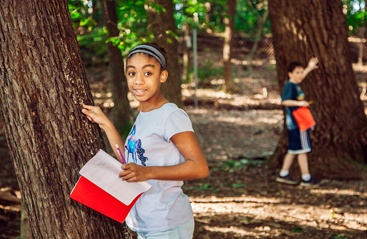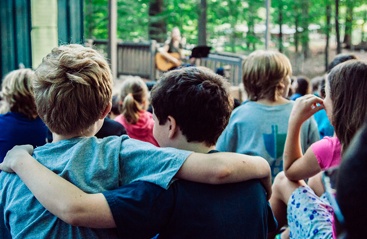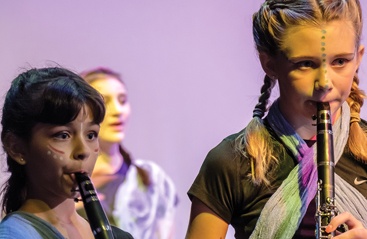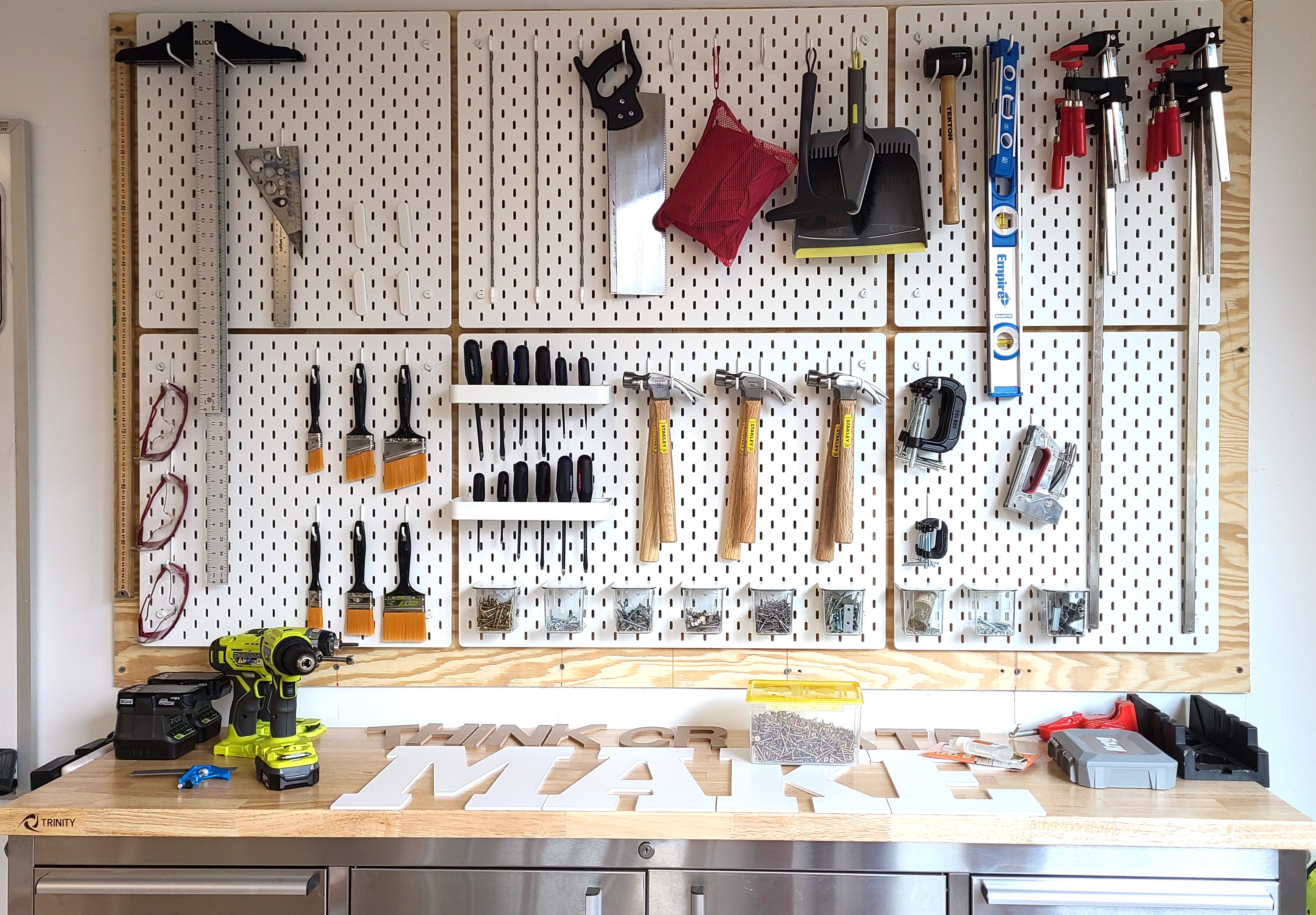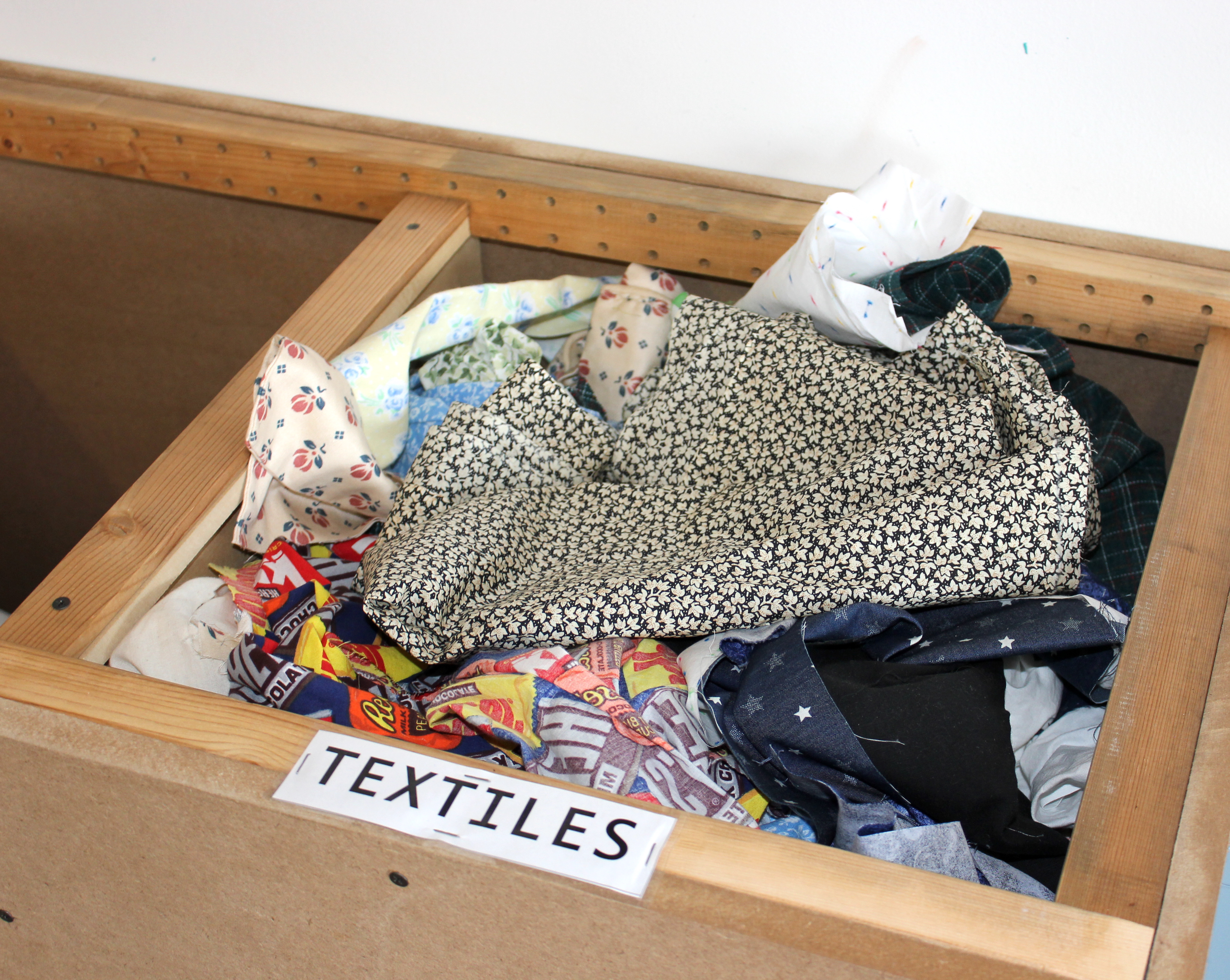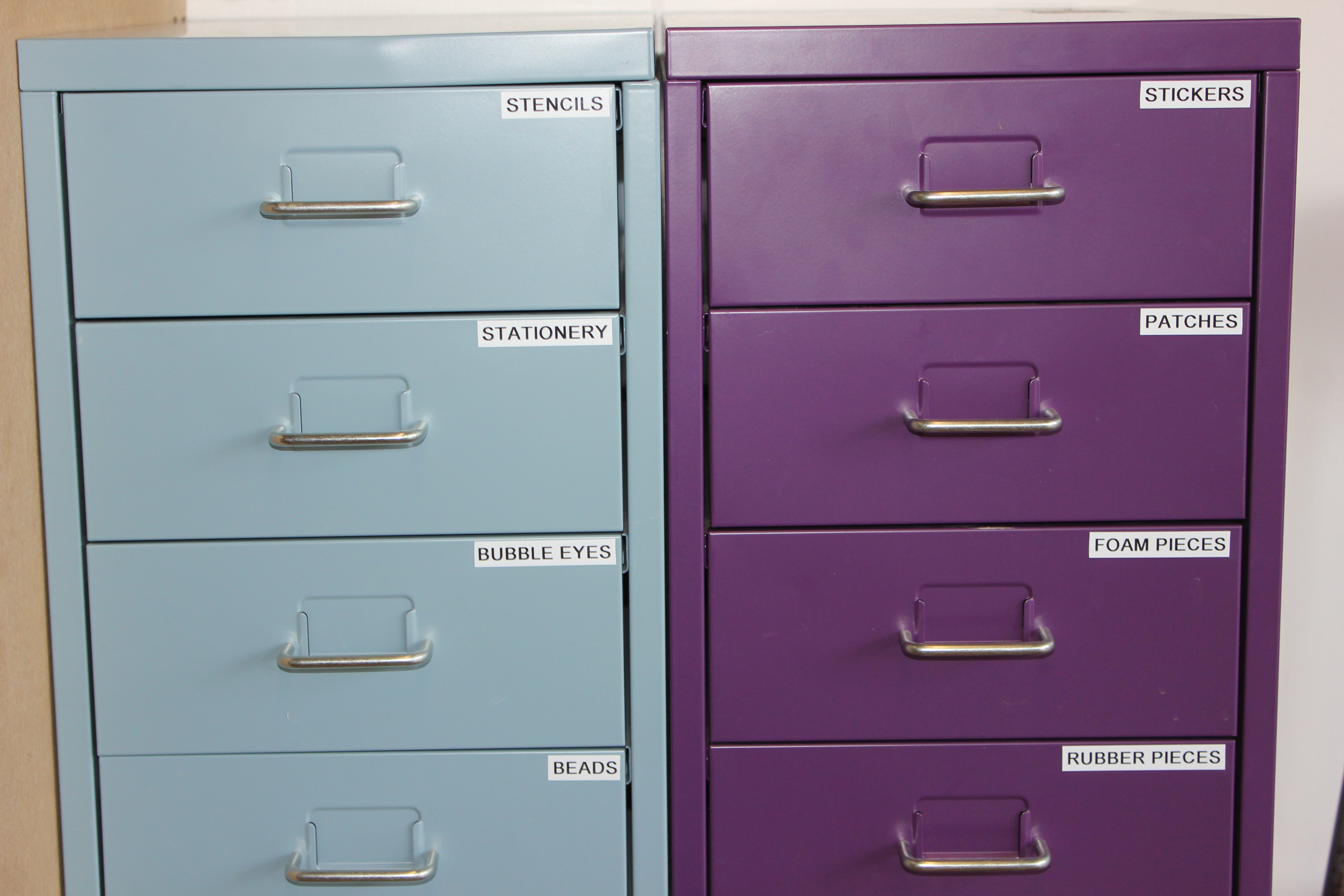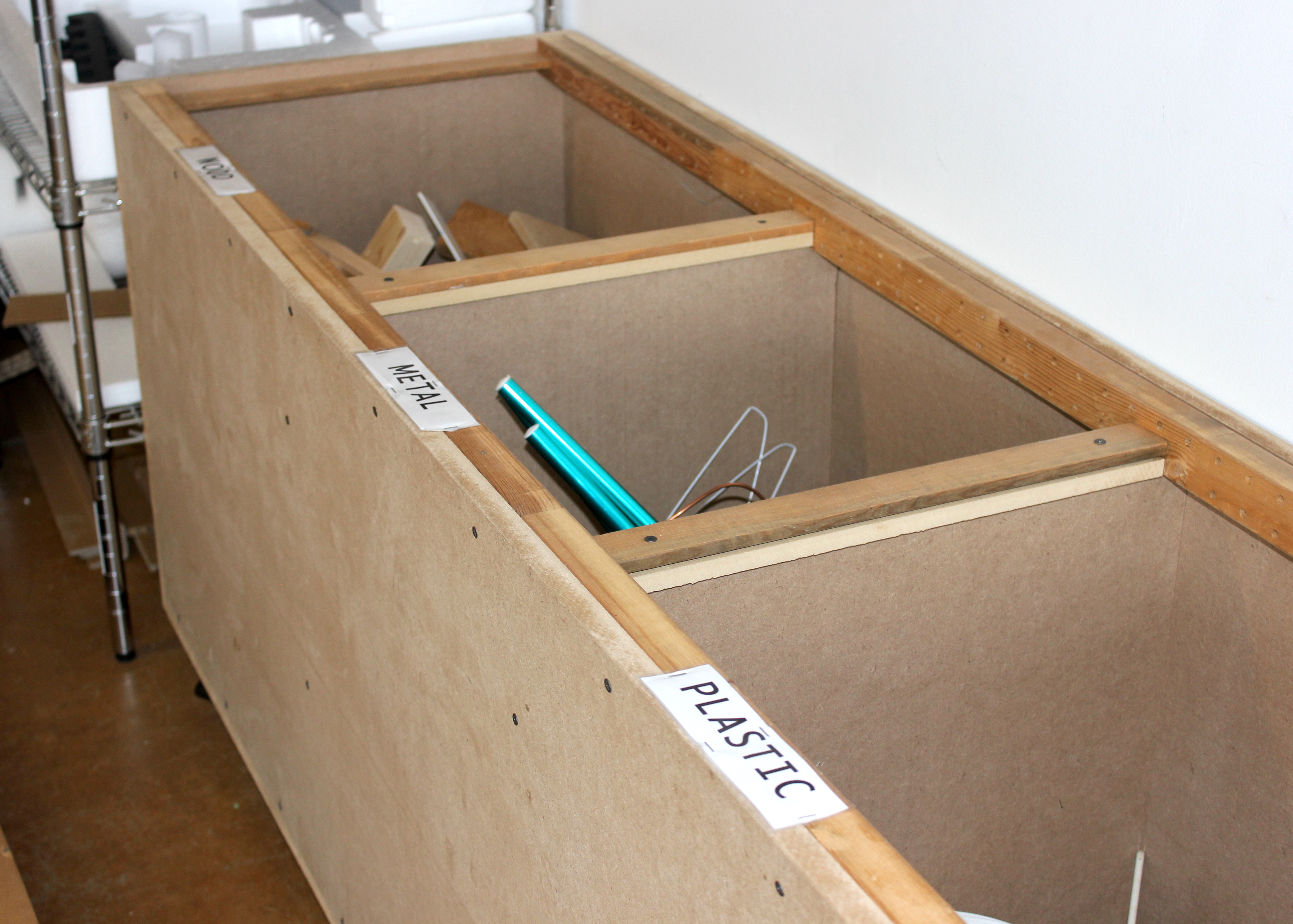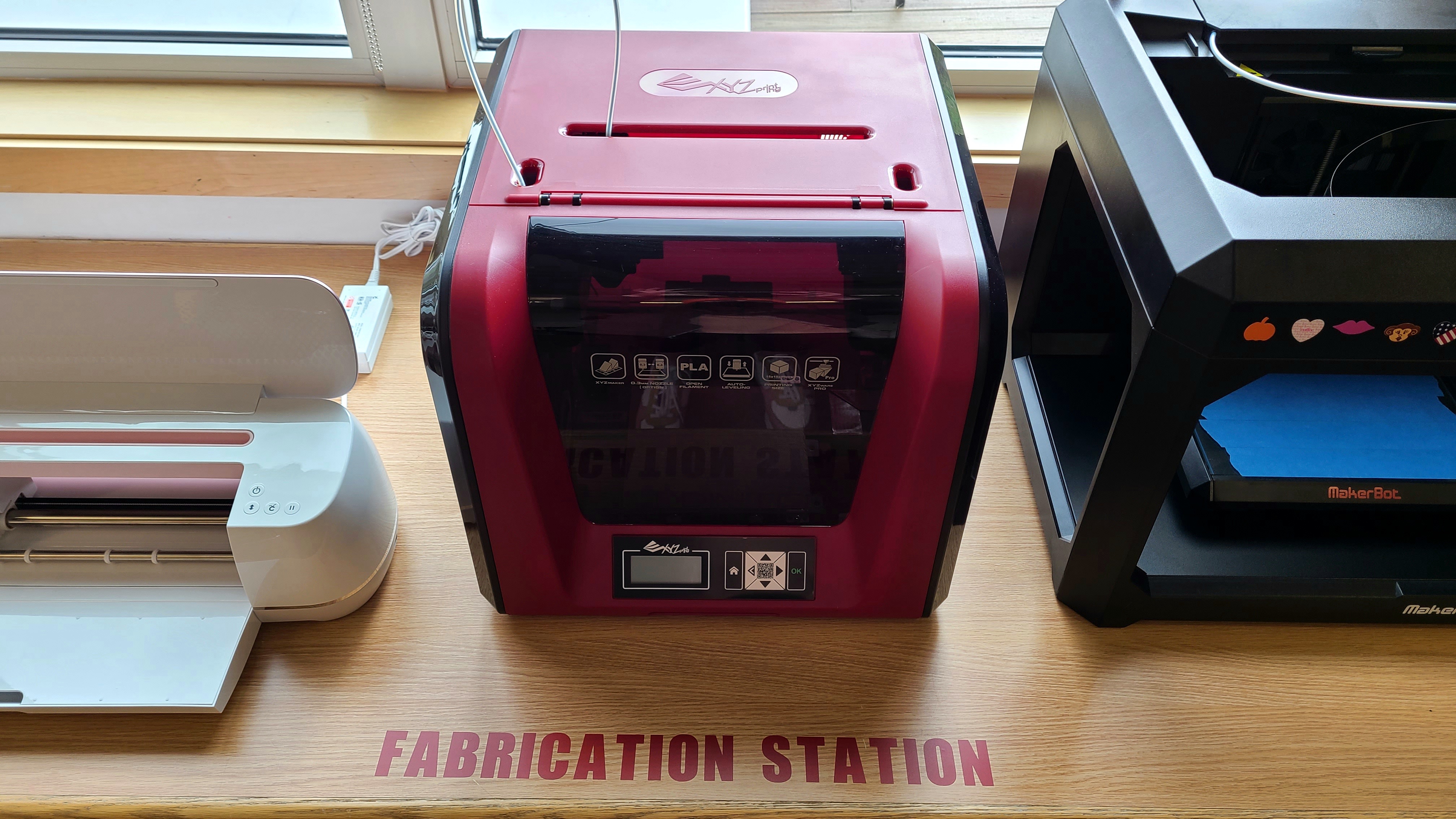The Making of A Makerspace
As part of the original plans for Burgundy’s Logan Loft, a room had been tailor-made with additional outlets and ceiling extension cords – all equipped with a makerspace in mind. Through educating students by innovation, learning by doing, and self-discovery, it was only a matter of time before this makerspace took shape as Lee’s collection of everyday items grew. His goal – to spark critical thinking and creativity within his 8th grade classes. So given the unconventional year we have had, Lee together with Renee incorporated several unconventional projects into this year’s curriculum.
We caught up with Lee to learn more about the importance of maker education and how you can get started today with repurposed or upcycled household items, especially as you begin to throw out things as your spring cleaning gets underway!
When did you get involved in creating a maker space for Burgundy? Do you remember what first drew your attention to the idea?
Well, I think it’s important to emphasize that the idea of a makerspace at Burgundy predates my time here. We’ve also had one 3D printer for a few years, which was set up in my old classroom, so I think the desire for a makerspace has been around for a while. With the changes forced upon us this year by COVID, most notably the reallocation and reassignment of spaces and classrooms, I’ve spent nearly all of the school year in the designated makerspace and have therefore been able to realize the potential of the room and how we can create a unique maker curriculum for all Burgundy students.
What are the ingredients of a good maker space?
I’ve always been a believer in the idea of using the physical aspects of a classroom as an additional teacher and the same is true of makerspaces. First and foremost, they need to be flexible spaces that encourage different ways of solving problems. For example, you want to have machines that can build via additive manufacturing, such as a 3D printer, and machines that can build via subtractive manufacturing, like laser engravers or other cutting tools. You also want to have a variety of tools and materials on hand that promotes play and creativity—keeping bins of various materials that students can rifle through when working on projects and the tools necessary to modify those materials is key. Finally, you want the space’s atmosphere to reflect what its primary purpose is – thinking, creating, iterating, and ultimately, making.
Why do you feel these spaces are essential to incorporate in education and schools?
Maker education often refers to the engineering design process – identify the problem, research, imagine, plan, test, reflect, iterate, repeat – as the gold standard for the lesson and project design, and it most assuredly is. I would add that beyond only applying to engineering and making, that process is functionally identical to the writing process, the coding process, and so on. Most professional engineers, writers, programmers, architects, musicians, etc. will tell you that most of their creative time is spent revising, rewriting, iterating, and so on. Maker education allows students to practice those habits in a hands-on way, thus reinforcing them in other areas of their educational lives.
What are some good tools and resources for beginners looking to get started with making?
Contrary to popular belief, you don’t need thousands and thousands of dollars worth of equipment to be a good maker. While top-of-the-line 3D printers, laser cutters, and wood tools help, I don’t think they’re always necessary for good projects and ideas. Often our best creativity comes from not having exactly what we need, so there are some strategic benefits to not having the $1000 single-use tool that you need. So for tools, simple woodworking items, and perhaps a baseline 3D printer is a great place to start. The most important thing to get started is, not surprisingly, mental rather than physical. A maker mindset – believing that “fail” actually means “the first attempt in learning” – goes a long way towards building the resilient and creative thinking required to be a good maker.
To me, the other exciting thing about the maker movement is the extent to which it is being crowdsourced. For example, Efrem recently came to me asking if I could make him a mold of the Chesapeake Bay watershed so that his students could do a hands-on project exploring the topography of the region where we live. A decade ago, that mold would have taken me days to make by chiseling out pieces of wood. With the maker community spread out across the world, I was able to find a 3D rendering of the Chesapeake Bay that someone had already created within TinkerCAD and then modify it with additional structural integrity for our own needs. After modification, it took about four hours to print the mold and so approximately one hour of iterating on someone else’s work is allowing Efrem to deliver a unique educational experience to his 3rd grade students. So knowing some of the online communities available – TinkerCAD, Maker Magazine, and the SketchUp community, to name just a few, is also key.
How can parents get involved in support of this new space?
As I mentioned earlier, I always want to keep the makerspace stocked with various materials that can be repurposed or upcycled, so donations of old plastic, metal, and fabric are greatly appreciated. For the short-term, I’d love to get a few more tools to work with textiles, especially for costume making within our drama programs, so if anyone has an iron or sewing machine they’d love to have out of their house, we could give it a great home here. Long term, I’d love to get a full-size laser cutter in the makerspace to push our opportunities and possibilities.
Inquire Now
Burgundy is a one-of-a-kind independent school for Junior Kindergarten through 8th Grade. We believe children learn best in an inclusive, creative, and nurturing environment that engages the whole child.
3700 Burgundy Road
Alexandria, VA 22303
703.960.3431
Accredited by:
Affiliated with:
Partners with:
©2025 Burgundy Farm Country Day School
Designed and developed by The Design Channel![]()

